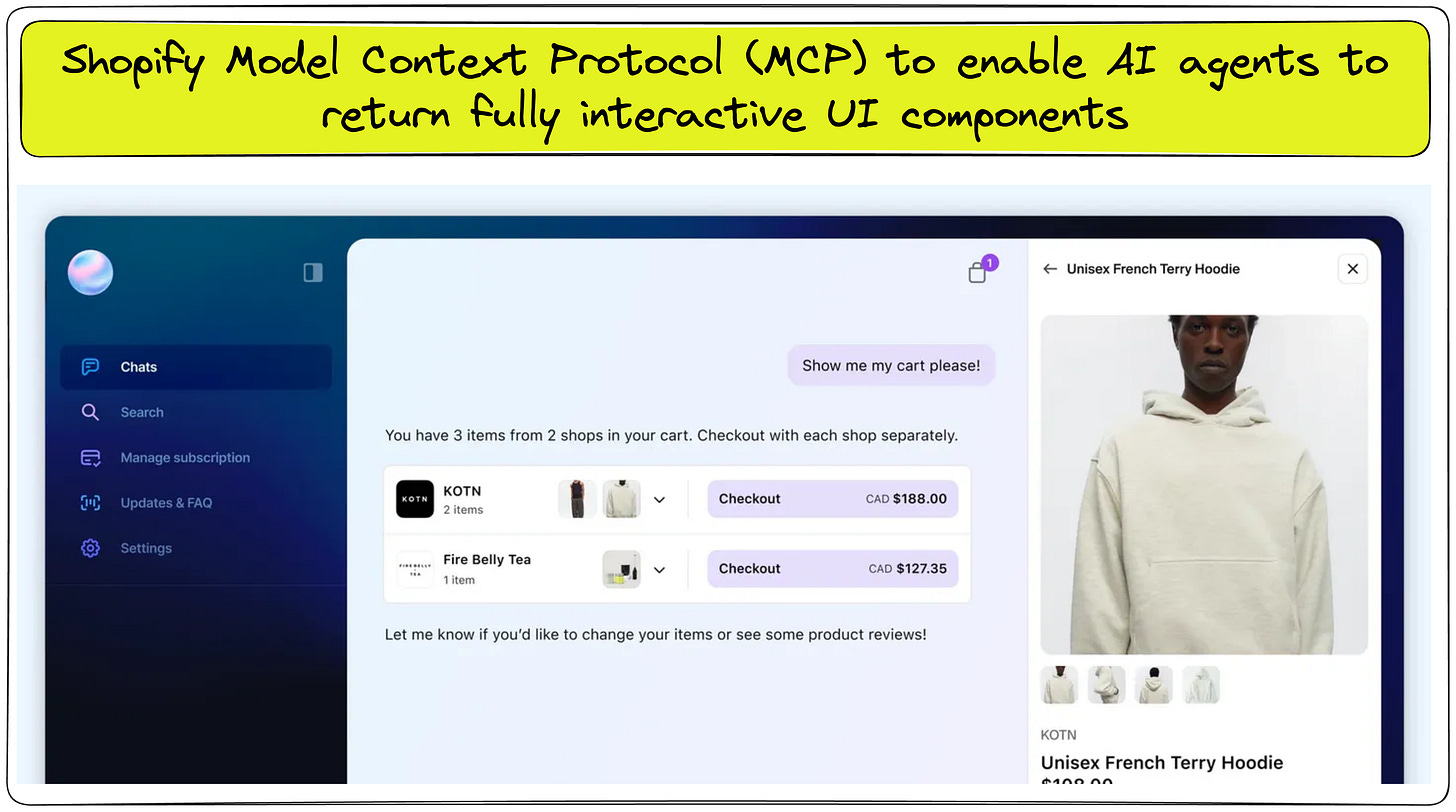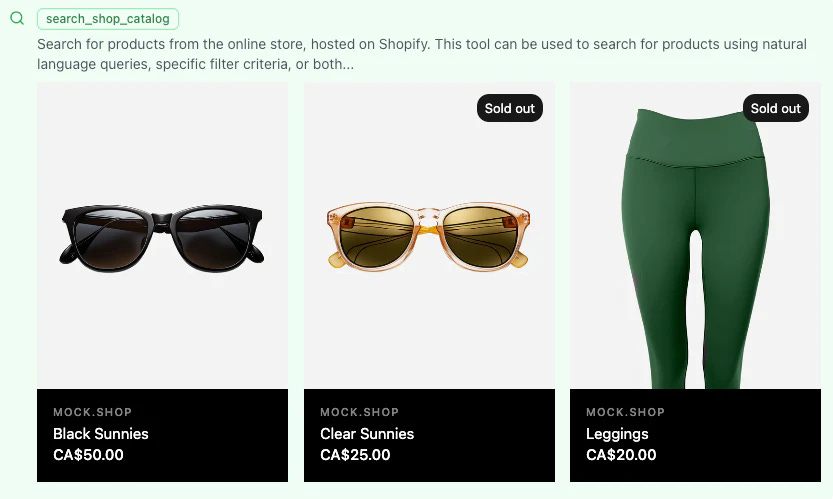Deep Dive: What Shopify’s AI Storefront Updates Mean for Commerce and Payments
In this deep dive, we’ll break down Shopify’s Storefront AI Agent strategy, why it matters for merchants, fintech folks, and product managers alike, and how you can ride this agent-led commerce wave
Shopify is betting big that conversational AI agents will become the new storefronts of the internet – and it’s rolling out some ambitious tools to make that happen. If phrases like Model Context Protocol (MCP) and Global Catalog sound like sci-fi jargon, fear not. In this deep dive, we’ll break down Shopify’s Storefront AI Agent strategy, why it matters for merchants, fintech folks, and product managers alike, and how you can ride this agent-led commerce wave to your advantage. Grab a coffee (perhaps recommended by your friendly neighborhood chatbot) and let’s jump in.
Inside Look at Storefront MCP and the Global Catalog
At the heart of Shopify’s AI storefront push are two key components: the Storefront MCP servers that connect individual stores to AI assistants, and a Global Catalog that aggregates products across all Shopify stores for AI discovery. Together, they form a one-two punch enabling chatbots and AI agents to search, recommend, and even transact on Shopify stores in real-time, all through natural language.
Every Shopify store now comes equipped with its own MCP endpoint – essentially a live API that an AI agent (like ChatGPT or a shopping bot) can call to do things on that store. Think of it as a universal adapter between AI and commerce data. Through a store’s MCP endpoint (e.g. https://yourstore.myshopify.com/api/mcp), an AI assistant can query product info, search the catalog, check what’s in the shopping cart, answer FAQs about shipping or return policies, and even initiate a checkout on that specific store. All without custom coding by the merchant – Shopify turned it on by default across all stores as of the Summer ’25 release. In non-geek speak, Shopify quietly gave every store a chatbot-accessible storefront API on steroids.
While store-level MCP opens up one merchant’s shop to AI, Shopify’s Global Catalog (also referred to as the Shopify Catalog) zooms out to the platform level. It’s like a giant, centralized index of products from millions of Shopify merchants that approved merchants are automatically opted into. External AI shopping agents can tap into this to search across many stores at once – an infinite aisle of Shopify products. According to Shopify, the Global Catalog shows real-time inventory and local pricing from those merchants and smartly groups identical products (SKUs) under a universal product ID to avoid spammy duplicates. In other words, if five Shopify stores all sell the same “Acme Coffee Mug,” an AI using Global Catalog might show one consolidated listing rather than five. This massive directory is already being used by partners like Perplexity to surface Shopify merchants’ products to shoppers chatting on their AI platforms. And if you meet the criteria (Shopify hasn’t published all the fine print, but it likely favors well-performing stores), you’re in the Global Catalog by default – meaning free exposure in these new AI-driven channels, without the advertising spend or marketplace listing fees you’d normally pony up for that kind of reach.
An AI shopping assistant can search a Shopify store’s catalog, answer questions, and even build a cart in real-time – all through the Storefront MCP connection. Shopify’s new tools aim to make conversational commerce feel as natural as chatting with a friend.
Hand-in-hand with the Global Catalog, Shopify introduced a Universal Cart and Checkout Kit to smooth the shopping journey in the AI era. The universal cart allows a shopper (or rather, their AI agent) to throw products from multiple Shopify stores into one cart and buy them together. Yes, you read that right – your customer could add a t-shirt from a boutique in New York, a coffee mug from a roaster in Seattle, and a gadget from a London merchant, then purchase all in one go. No messy multiple checkouts or logins. Shopify’s Checkout Kit makes this possible by embedding Shopify’s battle-tested checkout flow directly into the chatbot or app interface. From the user’s perspective, it’s a seamless cross-store shopping spree; behind the scenes, Shopify divvies up the orders to the respective merchants. Shopify CEO Tobi Lütke summed up the significance, saying with these tools, developers and AI platforms can onboard “all the best products by the best merchants in the world” without painstaking one-by-one integrations – “commerce just plugs in and feels seamless in conversations”.





